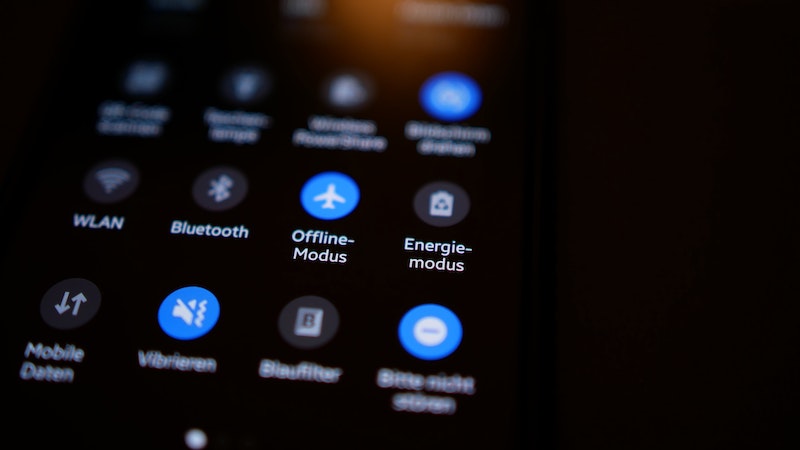The growth in PV systems creates new recycling systems
The energy sector is still facing major changes over the next few decades. In order to achieve the goals of the Paris Climate Agreement and at the same time still generate enough electricity after the coal-fired power plants are shut down in 2030, we urgently need to expand capacities in sustainable energy sources. As a result, more and more solar panels will be installed.
In 2020, we covered just over 10 percent of our electricity needs from photovoltaic systems [1]. After 30 years at the latest [2] But is it over and the panel has to be replaced? But what to do with all the waste that threatens us over the next few decades? Ultimately, systems with a capacity of up to 4,890 megawatts were connected to the power grid in 2020 [3], everyone can imagine how many panels there are in Germany.
An idea is now coming from South Korea. A huge recycling project has been set up here, which is supposed to recycle up to 3,600 tons of discarded panels. The system cost around 14 million euros [4] and was built in the Jincheon region.
In South Korea, too, the expansion of photovoltaic systems is progressing; in 2023 up to 9,665 tons of panels are to be thrown into the trash. Every ton that is recycled saves almost 1.2 tons of greenhouse gases and enables the reuse of glass, aluminum, copper or silicon, among other things.
So if we assume the values mentioned at the beginning, the plant in Jincheon could save up to 4.32 tons of CO₂ and other gases that are harmful to the climate. Regular operation is to begin in January 2022, and panels will then be collected, separated and recycled in separate areas in the plant.
But we are also well positioned in Europe. Large manufacturers of photovoltaic systems already established a system in 2010 with which panels can be recycled. The European WEEE directive was added in 2014 and has since obliged manufacturers to take back and recycle 85 percent of their panels [5].
Via Ajudaily



